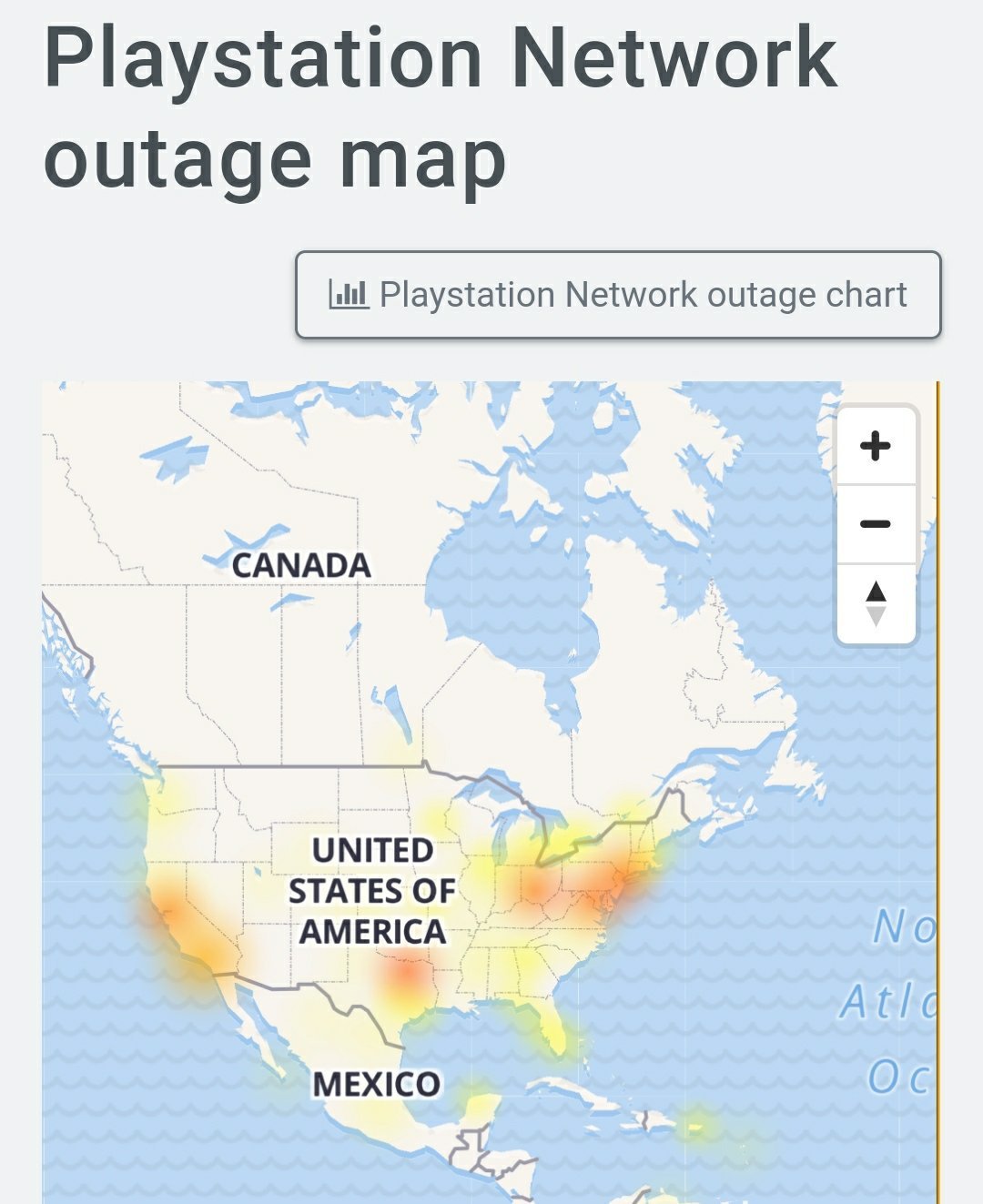
Your device may be in the router’s blocklist.Besides restarting it, there isn’t much you can do in this case by yourself, so you do need to contact your ISP for support. Most routers will have a Quick Internet Setup (or a similar variation) on the main page, where you get to re-run the initial configuration wizard and insert the proper info to gain access to the Internet. This one is fairly easy to fix if you have access to the router interface (or app) and if you have the ISP-given username and password. The most common reason is a botched Internet connection configuration.What if neither the WiFi, nor the Ethernet connection give you access to the Internet? If you get (wired) access to the Internet after restarting the router, you may need to get a new one. Yes, it happens and I have seen it quite recently with the Netgear AX40 (v1) which required a restart to allow wired clients to connect to the network (the WiFi did work during this event, which was very strange). I have tested a few of these devices, such as the Zyxel switches (including Zyxel XS1930-12HP) and the EnGenius ECS1008P. But what if you don’t have another cable available or if it’s in the wall? Although it’s a more particular solution, there are routers and Ethernet switches that do have the option to check for faulty cables and to let you know at which length it had detected the issue. The easiest way to do so is by changing the cable with another one and see if the second cable works.

Check if the cable is broken or damaged.It should now see the wired connection and you should gain access to the Internet.
ETHERNET STATUS DOWN WINDOWS
This is a very common occurrence on Windows machines and the solution is simple – go to Network Connection, right click the Ethernet network, click on Disable and then on Enable. If the Ethernet network is enabled, but says Unidentified network, you need to disable and re-enable it.So far, macOS has proven to work better than Windows OS in this regard and in all the years I have used both, the Ethernet adapter never needed to be manually disabled or enabled on a MacBook Pro. If you’re on MacOS, you need to click on the WiFi icon and on the Open Network Preferences – this way, you can see all the available networks, wired or wireless and you can check whether the Ethernet network is disabled. On Windows 10, this can be done by typing Network Connection in the search bar and then checking out the status of the Ethernet network – if it’s disabled, right click it and select Enable. The most basic thing to do is to check if the Ethernet adapter is disabled and enable it:.Obviously, this doesn’t really help our situation, but it does make things a little more clear – there is a chance that the Ethernet connection may come through, but, from my experience, I wouldn’t count on it.

On Windows 10, it can be done by clicking on the WiFi icon from the right side of the taskbar and then on the Wi-Fi tab, while on the macOS, click on the WiFi icon from the top bar and you should have the option to disable the WiFi visible. By default, both Windows OS and MacOS will prioritize the wired connection over the WiFi, so, if the connectivity icon doesn’t change after you connect an Ethernet cable to your computer, but you still get access to the Internet, then you need to disable the WiFi.


 0 kommentar(er)
0 kommentar(er)
